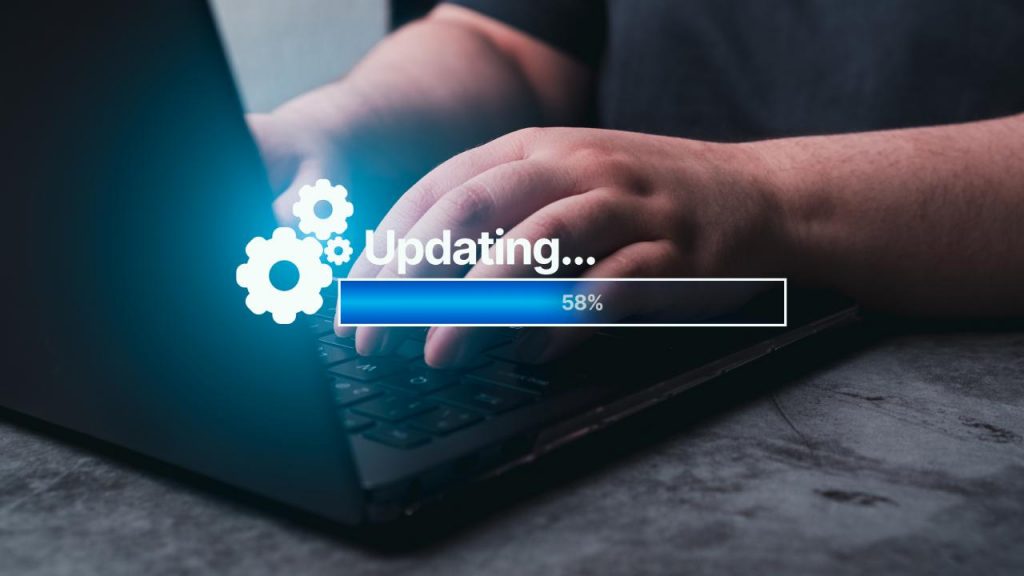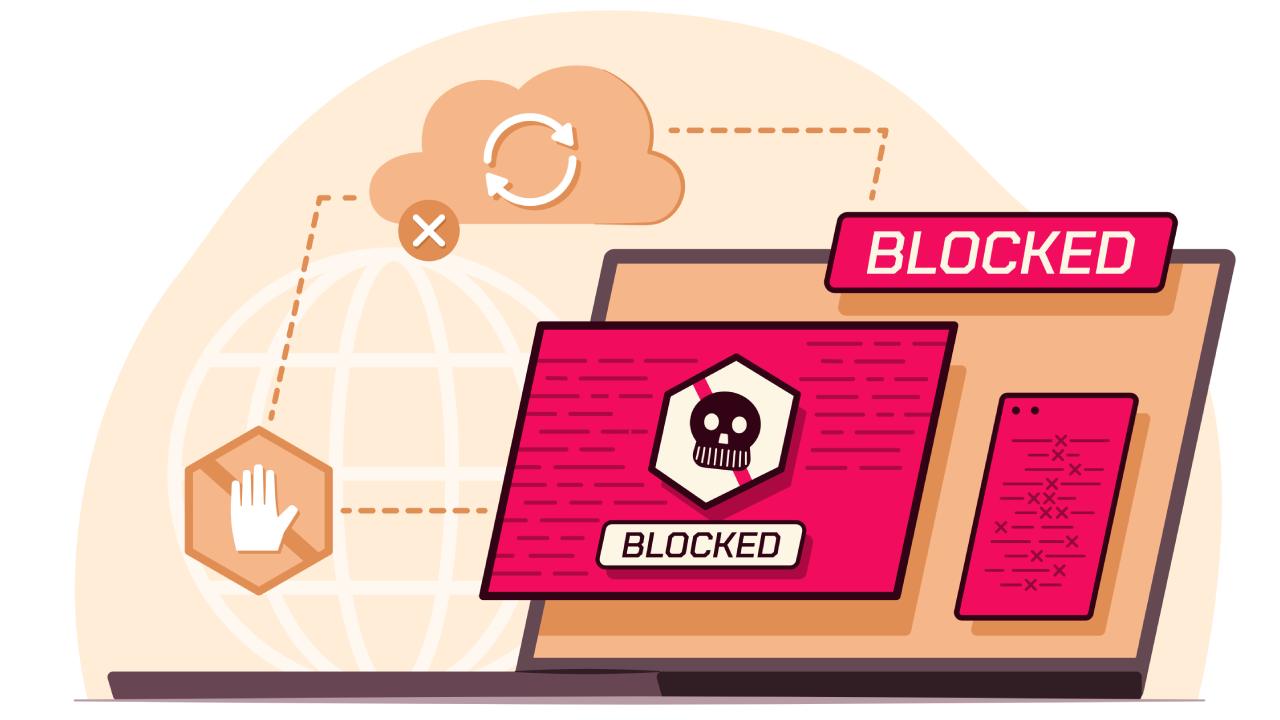Web scraping is the automated process of extracting data from websites. While it has legitimate uses, such as research and market analysis, it can also be exploited for unethical purposes like content theft, data mining, and competitive spying. Unauthorized scraping can lead to security risks, legal concerns, and website performance issues.
To protect data and maintain control over website traffic, businesses and site owners must implement effective anti-scraping measures. In this article, we’ll explore the most effective methods to identify, prevent, and mitigate web scraping to help you safeguard your content and maintain a secure online presence.
Identifying Web Scrapers
First, let’s learn how web scrapers operate. Web scrapers use automated bots or scripts to access and extract data from websites. These bots can mimic human browsing behavior, making multiple requests to fetch content.
Some scrapers use simple techniques like parsing HTML, while more advanced ones employ headless browsers (e.g., Puppeteer, Selenium) to bypass detection by simulating real user interactions. In some cases, scrapers use rotating IP addresses and proxy networks to avoid getting blocked.
Signs Your Website Is Being Scraped
Detecting web scraping can be challenging, but there are common red flags to watch for:
- Unusual Traffic Patterns: A sudden spike in requests, especially from a single source or unusual geographic locations.
- Repeated Requests in Short Intervals: Bots often make high-frequency requests for multiple pages in a short period.
- Access to Non-Public Pages: If a bot repeatedly visits pages not linked in your website’s navigation, it might be scraping hidden data.
- Irregular User-Agent Strings: Many scrapers use outdated or generic user-agent headers that differ from those of real browsers.
- Bypassing Interactive Elements: If a visitor repeatedly accesses data without interacting with CAPTCHAs, login prompts, or JavaScript-rendered content, it could be an automated bot.
Tools to Detect Scrapers
There are several ways to monitor and identify web scrapers on your site:
- Server Logs Analysis – Reviewing access logs can help identify IPs making excessive or unusual requests.
- Bot Behavior Analysis – AI-powered security tools can detect non-human browsing patterns.
- Web Application Firewalls (WAFs) – Services like Cloudflare and AWS Shield offer bot detection and filtering.
- Honeypots & Trap Links – Placing hidden links or fake API endpoints can help detect and track scrapers.
By recognizing these signs and using detection tools, website owners can take proactive steps to block malicious scraping before it causes harm. The next section will cover effective methods to prevent scrapers from accessing your data.
Effective Methods to Block Web Scraping

Preventing unauthorized web scraping requires a multi-layered approach combining traditional defenses with modern detection techniques. Here are the most effective methods to block scrapers and protect your website’s data.
Robots.txt and User-Agent Blocking
1. Limiting Access Using Robots.txt
The robots.txt file provides guidelines for web crawlers, specifying which parts of a website they can or cannot access. While useful for controlling ethical bots (e.g., search engines), it does not enforce restrictions—malicious scrapers can easily ignore it.
Example Robots.txt Rule:
User-agent: *
Disallow: /private-data/
Limitation: Since robots.txt is publicly accessible, attackers can use it to identify restricted pages and target them directly.
2. Blocking Known Web Scrapers Using User-Agent Filtering
Every browser or bot has a User-Agent string, which identifies it when making requests. By filtering out known bad bots, you can restrict basic scrapers.
Example Server-Side Blocking:
User-agent: BadScraperBot
Disallow: /
Limitation: Advanced scrapers can fake or rotate User-Agent strings to bypass this restriction.
Rate Limiting and CAPTCHAs
1. Preventing Excessive Requests with Rate Limiting
Rate limiting restricts the number of requests an IP can make in a given time frame. This prevents scrapers from making thousands of requests per second.
Example: Nginx Rate Limiting Rule:
- limit_req_zone $binary_remote_addr zone=one:10m rate=5r/s;
Effectiveness: Works well for blocking scrapers but must be carefully configured to avoid affecting real users.
2. Implementing CAPTCHAs for Suspicious Traffic
CAPTCHAs challenge users to prove they’re human before proceeding. This prevents automated scripts from accessing protected content. Common CAPTCHA types are reCAPTCHA (Google) and hCaptcha (privacy-focused alternative)
Effectiveness: Can stop basic bots, but advanced scrapers use machine learning to bypass simple CAPTCHAs.
IP and ASN Blocking
1. Detecting and Blocking Scraper IPs
Many scrapers use data center-based IPs rather than residential ones. By analyzing traffic logs, you can identify and block suspicious IP addresses.
Example: Blocking an IP in Apache:
- Deny from 192.168.1.100
Limitation: Scrapers often use rotating proxies or VPNs to switch IPs.
2. Using ASN Blocking to Prevent Data Center-Based Scraping
An Autonomous System Number (ASN) identifies groups of IPs owned by cloud providers (e.g., AWS, DigitalOcean). Blocking known ASNs used by scrapers can be an effective defense.
Example: Blocking AWS ASN with Cloudflare:
- Use Cloudflare Firewall Rules to block traffic from specific ASNs.
Effectiveness: Works well for large-scale botnets but can block legitimate users if not configured properly.
JavaScript Challenges & Obfuscation
1. How JavaScript-Based Security Slows Down Scrapers
Many scrapers cannot execute JavaScript properly. By requiring JavaScript for essential content, you can make it difficult for bots to access data.
Methods Include:
- Delaying content rendering (e.g., using AJAX).
- Hiding key elements with JavaScript until real user interaction occurs.
Effectiveness: Can block basic scrapers but may impact SEO if not implemented carefully.
2. Dynamic Content Rendering as a Defense Mechanism
Some websites dynamically load content via JavaScript instead of serving static HTML, making scraping more complex.
Example: Lazy Loading Elements with JavaScript:
- document.getElementById(‘data’).innerText = “Visible only after interaction”;
Effectiveness: Good for blocking basic HTML parsers but may not stop headless browsers.
Honeypots and Trap URLs
1. Using Decoy Links to Detect and Block Scrapers
Honeypots are invisible links or fake data points designed to trick bots. Real users never interact with them, so any requests to these URLs indicate a scraper.
Example: Hidden HTML Link (For Bots Only)
- <a href=”/do-not-click” style=”display: none;”>Trap</a>
Effectiveness: Highly effective for detecting scrapers, but must be monitored.
2. Automated Blocking Based on Honeypot Interaction
When a bot follows a trap link, you can automatically block its IP or session using server-side rules.
Example: Nginx Rule to Block Trap URL Visitors:
if ($request_uri ~* “do-not-click”) {
return 403;
}
Effectiveness: Can identify undiscovered scrapers, but requires ongoing updates.
Session and Cookie Validation
1. Enforcing Session-Based Authentication
Requiring users to log in before accessing critical data can prevent scrapers from collecting valuable information.
Example: Session-Based Access Restriction:
- Require authentication for API access.
- Use short-lived session tokens.
Effectiveness: Works well for protected content, but not practical for public pages.
2. Tracking User Behavior to Detect Automation
Bots often don’t behave like humans—they move too fast, scroll unnaturally, or interact inconsistently. By monitoring user actions, websites can flag suspicious activity.
Example: Detecting Rapid Mouse Movements:
document.addEventListener(“mousemove”, function(event) {
if (event.movementX > 50 || event.movementY > 50) {
alert(“Potential bot detected!”);
}
});
Effectiveness: Helps detect automated browsing, but advanced bots can mimic human behavior.
AI and Behavioral Analysis
1. Machine Learning-Based Detection
AI-driven tools analyze traffic patterns, request intervals, and user interactions to differentiate bots from real users.
Example: Cloudflare Bot Management
- Uses AI to score visitors and challenge suspicious ones.
Effectiveness: Excellent for large-scale websites, but costly to implement.
2. Identifying Bot-Like Behavior Through Anomaly Detection
By tracking visitor behavior, AI can detect deviations from normal human activity, such as:
- Non-stop scrolling at high speeds
- Clicking every link on a page instantly
- Visiting thousands of pages in seconds
Example: Implementing AI-Based Monitoring with Datadog or Splunk
Effectiveness: Highly accurate but requires continuous learning to stay effective.
Conclusion
Preventing web scraping is an ongoing process that requires vigilance and adaptability. As scrapers evolve, so must your defense strategies. By implementing the right measures and staying proactive, you can protect your website’s data, security, and performance while ensuring a safe experience for legitimate users.
If you want to test whether your website’s anti-scraping measures are effective, try using URLtoText—a tool designed to extract clean text from web pages. By running your own site through it, you can check how much content is accessible and identify potential weaknesses in your defenses.
FAQs
1. Why should I block web scraping on my website?
Blocking web scraping helps protect your website from content theft, data breaches, competitive spying, and server overload caused by automated bots extracting large amounts of data.
2. Can I completely prevent web scraping?
No method is 100% foolproof, but a multi-layered security approach (e.g., rate limiting, CAPTCHAs, JavaScript challenges, and AI detection) can significantly reduce unauthorized scraping.
3. Does blocking web scraping affect search engine indexing?
Not if done correctly. Use robots.txt to allow legitimate search engine crawlers (Googlebot, Bingbot) while blocking harmful bots.
4. How do I know if my website is being scraped?
Signs of scraping include unusual traffic spikes, repetitive requests from the same IP, high bot activity in server logs, and access to non-public pages.
5. What tools can help detect web scrapers?
Web Application Firewalls (WAFs) like Cloudflare, AWS Shield, and Imperva, along with server log analysis and AI-based monitoring, can help identify and block scrapers.
6. Is web scraping illegal?
It depends. Some forms of scraping, like search engine indexing, are legal, while scraping private data, copyrighted content, or violating terms of service may lead to legal action. Learn more in our article: Is Web Scraping Legal in the United States?.
7. What is the most effective way to block scrapers?
A combination of IP blocking, rate limiting, honeypots, CAPTCHA challenges, JavaScript obfuscation, and AI-based behavioral analysis works best to deter scrapers.
8. Can ethical web scraping be allowed while blocking bad bots?
Yes, you can allow trusted bots and API-based data access while blocking unknown or harmful scrapers. Properly setting up your robots.txt file and using authentication-based access controls can help.

